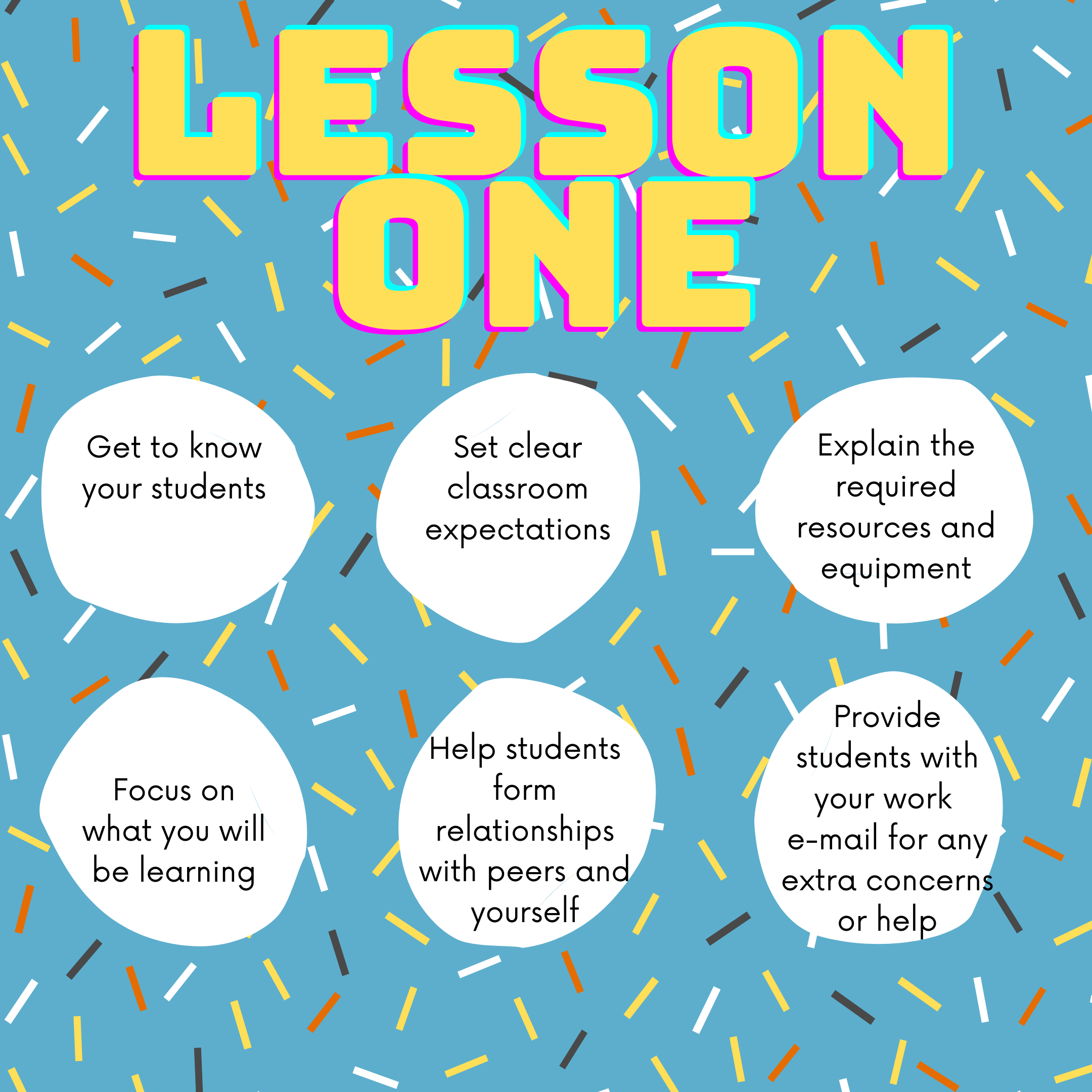New year, New Classes.
Remote Learning ✔ Flexible Teaching ✔ Marking online ✔ Teaching through a global pandemic ✔ Disrupted holiday plans and routines ✔
Throughout the entirety of the 2020 school year, you name it, we have adapted to it. Well done teachers! We have officially surpassed what I hope we can look back on as one of the most challenging yet rewarding years in teaching. When I reflect on the growth that I had both professionally and personally, it is hard to focus on the negatives. We were certainly all challenged at one moment or another. Still, we also had so many significant gains, from digital literacy professional development, to recognising the importance of cutting back on some aspects of the curriculum and still achieving our desired learning outcomes. Well done teachers, we officially made it through 2020… but with a new year, comes new classes. New students, new plans, new resources and for Tomorrow’s Teacher, new ideas and strategies to share with you!
Starting a new school year can always be a difficult adjustment. We need to re-establish routines and behaviours and get to know our new cohort, abilities, and personalities. This year, we have the additional challenge of assisting students in transitioning to on-site learning and plan ways we can re-engage students in a Covid-Safe manner. As the holidays draw to an end, some may be beginning to panic. However, we are here to help. We have begun planning our first few weeks back of classes and wanted to share some of our favourite getting to know you activities that you might find helpful to use in your classroom. Please let us know if you find these useful. If you don't already follow us on social media, we have a lovely community on our Facebook and Instagram pages, so please follow us to stay in the loop with our new posts.
Strategy 1: The Hunt
This strategy requires a little bit of preparation before class. Before the students arrive, hide certain clues around the room that relate to the class and/or yourself. For example, if teaching an English class, you may hide a quote from the book you are studying, your favourite authors' image, a picture of your pets, a character profile from a text etc. You then tell the students that there have been some clues hidden in the room, and the students need to find them. When they find the clues, they have to guess if it relates to the class topics or the teacher. You can then ask the students to try and piece together what the clues mean - What will they be studying or what are some fun facts about their teacher.
Strategy 2: Guess the Timeline
Take your class scope and sequence or timeline and cut it up (ensure no reference to dates or weeks). You can then ask the students to collectively guess the order of what topics they will be studying and provide reasons as to why. This is a good opportunity to draw on student voice and encourage them to share topics that they know a little or a lot about, and topics that they would like to spend extra time on.
Strategy 3: Student Profiles
At the start of each new class, it is great to get extra data to get to know the students. Google Forms is great for these, and in the past, we have used student profiles to find out student interests, strengths, ways they like to learn etc. We have provided a link to a sample or for those who prefer to print a hard copy here is a template.
Strategy 4: Walk & Stop
This is a great strategy for introducing class rules and the importance of listening to instructions.
Strategy 5: Fortunately/Unfortunately
The teacher makes a statement to start the story about a set topic. Each student then alternates starting their sentence with either “Fortunately…” or “Unfortunately.” Example:
Teacher: On the holidays, we had over 4 weeks to see friends and family…..
Student 1: Unfortunately, there were some restrictions still in place, limiting our holiday plans.
Student 2: Fortunately, the cinemas reopened, and we could go to the movies with friends.
You can play this a number of rounds by changing the topic (can relate to things you will be studying etc.).
Strategy 6: Whip Around Pass
Watch this quick video that explains this strategy. I like to use it for the following:
Students names.
One thing you did during the holidays.
One thing you are looking forward to learning in this class.
One thing you are worried about in this class. Etc.
If you haven’t already read our blog on our favourite 3 ice-breakers, click here to do so now!







